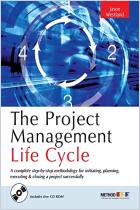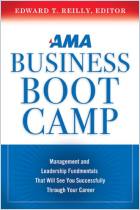
Read or listen offline
Amazon KindleRecommendation
Though Michael Bender aims to be clear, tension is at the heart of his project management book. He doesn’t want to overdo commonly covered material, but he also doesn’t want to leave out any key terms or meaningful details. At times, this can lead to death by subtitles, where he introduces a series of topics but stops short of articulating their full meaning or import. To be fair, he shows project management for what it is – not a small city within an organization but a huge, at times overwhelming, continent inside a company. Even at its most difficult, the book gives senior managers a feel for the layers of complexity in the world of projects. Bender, who views projects as the holy grail of organizational value, tells managers how to aid and support them. He sensitizes leaders to the helpful or harmful ripple effects that their decisions have on organizational culture. getAbstract recommends this as a reference book for senior executives. It isn’t light or easy to swallow, but taken in pieces, it might save you from project indigestion.
Summary
About the Author
30-year project management veteran, Michael Bender is CEO of Ally Business Developers.

















Comment on this summary or Démarrer une discussion